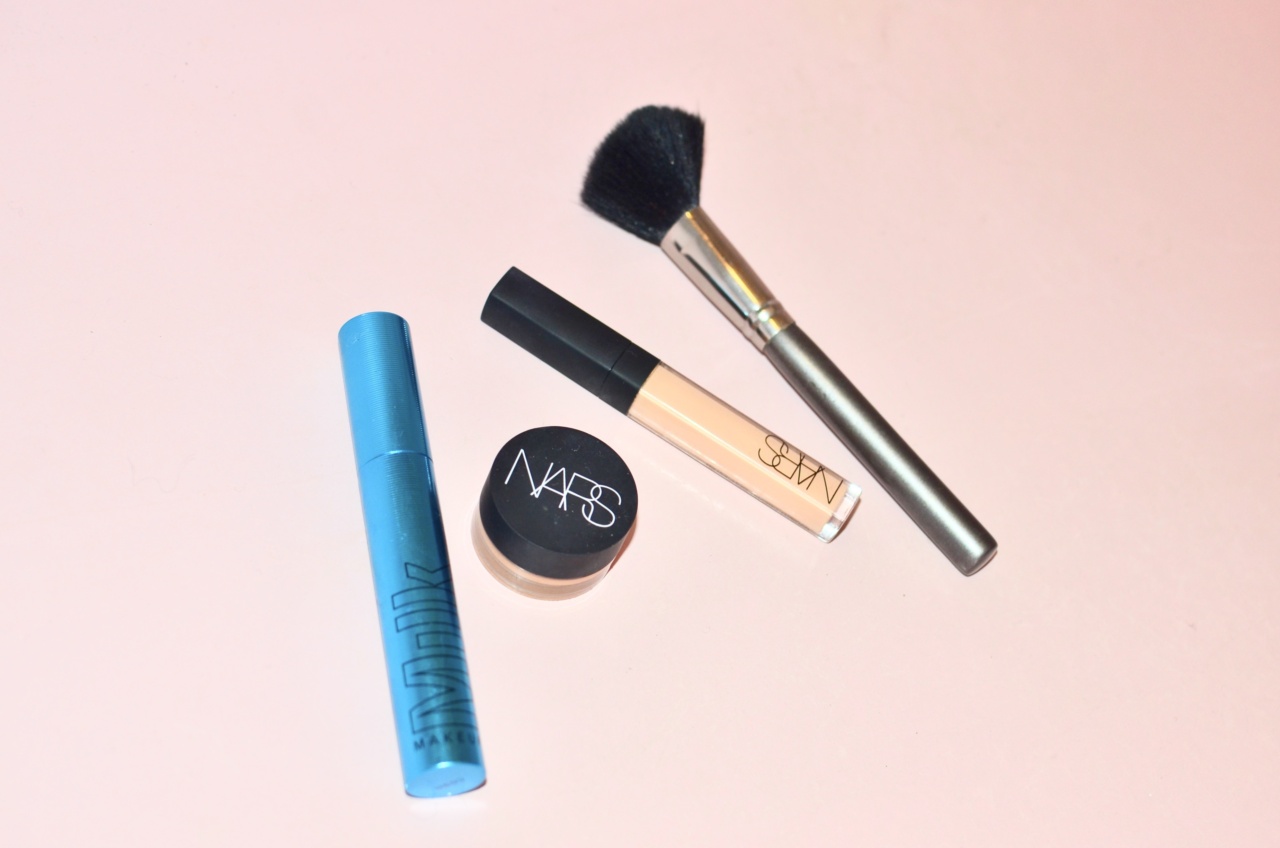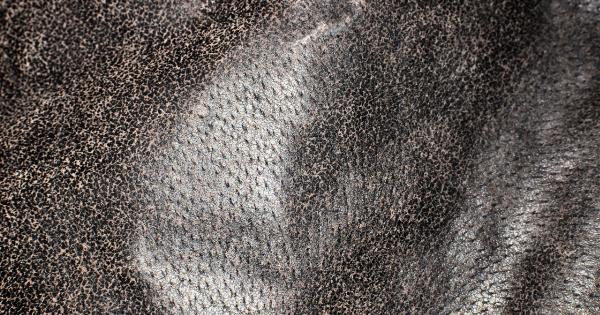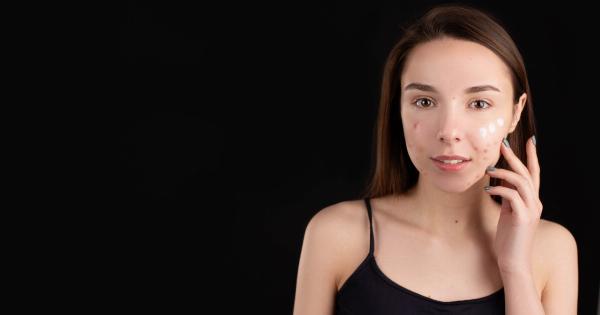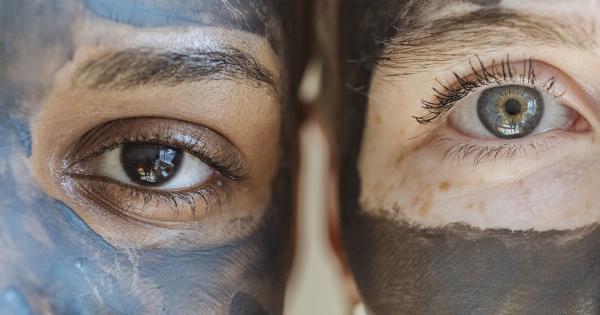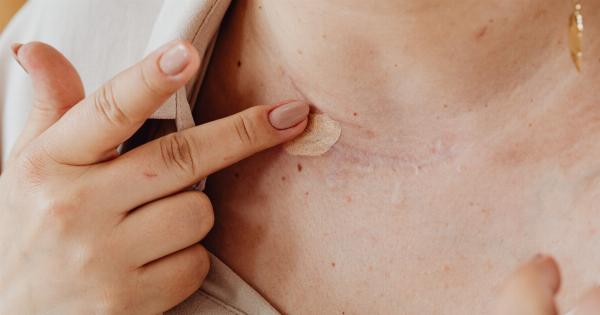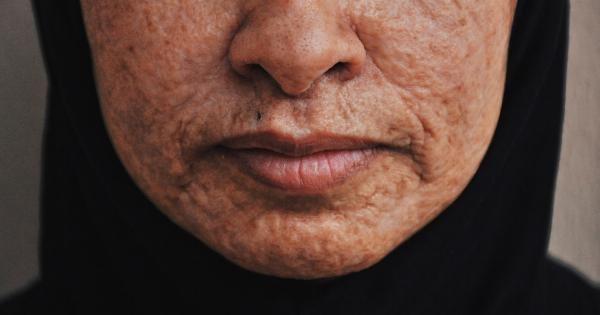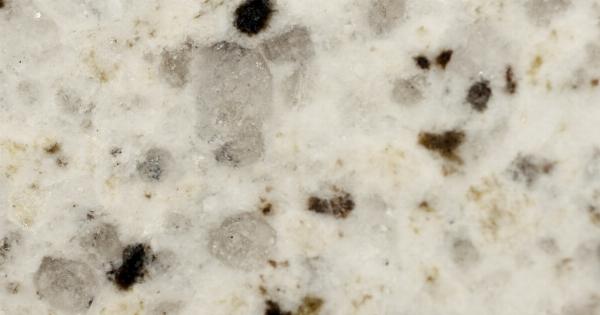Facial scars can be a source of self-consciousness for many individuals. Whether caused by acne, injuries, or surgeries, these scars can affect self-esteem and confidence.
However, there are numerous quick and effective solutions available to help conceal facial scars and restore a sense of beauty and confidence. In this article, we will explore various options for minimizing the appearance of facial scars.
1. Makeup
Makeup is an accessible and affordable option for concealing facial scars. With the right techniques and products, scars can be significantly diminished or even completely hidden. Here are a few steps to follow:.
a) Primer: Start by applying a makeup primer to create a smooth base for foundation. This helps to even out the skin texture and blur the appearance of scars.
b) Color correction: Use color correcting concealer to neutralize the tone of the scar. For example, if the scar is red or pink, apply a green color corrector to cancel out the color before applying foundation.
c) Full-coverage foundation: Choose a foundation with full coverage to create a flawless finish. Applying it with a damp makeup sponge or a brush will help blend it seamlessly with the surrounding skin.
d) Concealer: Apply a high-coverage concealer directly onto the scar and gently blend it with the surrounding area using a small brush or a fingertip.
e) Setting powder: Set the makeup in place with a translucent setting powder to increase its longevity and prevent smudging or transfer throughout the day.
2. Scar Camouflage Creams
Scar camouflage creams are specially formulated to conceal scars on the face and body. These creams are highly pigmented and often waterproof, providing long-lasting coverage. Here’s how to use scar camouflage creams:.
a) Cleanse the scarred area: Before applying the cream, ensure that the scarred area is clean and dry to maximize the product’s adhesion and longevity.
b) Select the right shade: Choose a shade that matches your skin tone or opt for a slightly lighter shade as scar tissue tends to be lighter than the surrounding skin.
c) Apply and blend: Using a clean makeup brush or your fingertips, apply a small amount of the scar camouflage cream directly onto the scar. Gently blend the edges to ensure a seamless transition with the surrounding skin.
d) Set with powder: To enhance the longevity of the cream, set it with a translucent powder using a fluffy brush.
3. Silicone Sheets or Gels
Silicone sheets or gels are effective solutions for reducing the visibility of scars over time. They work by creating a protective barrier over the scarred area, which helps to soften the scar and improve its texture.
Follow these steps for optimal results:.
a) Cleanse the scar: Thoroughly clean the scarred area with a mild cleanser and pat it dry.
b) Apply the silicone sheet or gel: Cut the silicone sheet according to the size of the scar or use the gel directly. Place it on the scarred area and gently smooth it out.
c) Leave it on: Depending on the product, leave the silicone sheet or gel on for the recommended duration (usually several hours or overnight).
d) Repeat the process: For optimal results, continue using silicone sheets or gels regularly as directed by the product instructions.
4. Dermatological Procedures
If the scars are deep, raised, or resistant to other treatments, dermatological procedures can provide more advanced solutions for scar reduction. Here are a few commonly used procedures:.
a) Laser therapy: Laser therapy uses focused beams of light to target the scar tissue, stimulating collagen production and reducing the appearance of scars.
b) Microdermabrasion: This procedure involves gently exfoliating the top layer of the skin, helping to reduce the appearance of scars and promoting the growth of new, healthier skin cells.
c) Chemical peels: Chemical peels involve applying a solution to the skin to remove the top layer, revealing smoother and less scarred skin underneath.
d) Dermal fillers: Dermal fillers can be used to raise depressed scars, making them less noticeable by adding volume to the affected area.
e) Microneedling: Microneedling involves creating tiny, controlled punctures on the surface of the skin, promoting collagen production and improving the texture and appearance of scars.
5. Sun Protection
Protecting scars from sun exposure is crucial as UV rays can cause pigmentation changes in the scar tissue, making them more noticeable. Here’s how to protect your scars from the sun:.
a) Sunscreen: Apply a broad-spectrum sunscreen with a high SPF to the scarred area, ensuring it is well-protected from harmful UV rays.
b) Physical barriers: If possible, cover the scarred area with protective clothing, such as a wide-brimmed hat or clothing with a high UPF rating.
c) Avoid peak sun hours: Try to avoid direct sun exposure during peak hours, usually between 10 AM and 4 PM, when the sun’s rays are strongest.
6. Scar Massage and Moisturization
Regularly massaging and moisturizing the scarred area can help improve blood circulation, promote healing, and reduce the appearance of scars. Follow these steps for scar massage and moisturization:.
a) Cleanse the scar: Gently cleanse the scarred area with mild soap and water, then pat it dry.
b) Apply a scar-reducing moisturizer: Choose a moisturizer specifically formulated to minimize scars. Apply a generous amount to the scar and gently massage it using circular motions for a few minutes.
c) Massage techniques: Use different massage techniques, such as circular, linear, or kneading motions, to stimulate blood flow and break down scar tissue. Be gentle and avoid applying excessive pressure.
d) Moisturize daily: Repeat this process daily to keep the scar moisturized and supple.
7. Hairstyling and Accessories
Strategic hairstyling and accessories can help divert attention from facial scars. Consider these options:.
a) Longer hairstyles: Longer hairstyles, such as side-swept bangs or layers, can help frame the face and draw attention away from scars.
b) Scarves and headbands: Experiment with scarves, headbands, or hair accessories that can be worn to cover or distract from the scarred area.
c) Eyewear: If the scars are near the eyes, wearing eyeglasses or sunglasses can draw attention away from the scars.
8. Color Psychology
The strategic use of color can help camouflage scars by diverting attention. Consider the following:.
a) Lipliner and lipstick: Emphasize your lips with bold or bright colors to draw attention away from the scars.
b) Eye makeup: Experiment with eye makeup techniques, such as colorful eyeshadows or eyeliner, to divert attention to your eyes rather than the scars.
c) Clothing choices: Wear colors that complement your skin tone and draw attention away from the scars. Experiment with different shades and patterns to find what works best for you.
9. Facial Hair Grooming
For individuals with facial scars, grooming facial hair can help divert attention and minimize the visibility of scars. Consider these grooming tips:.
a) Beard: Growing a beard can help conceal scars on the lower half of the face. Ensure proper grooming and maintenance to keep the beard well-trimmed and tidy.
b) Mustache: If the scar is closer to the upper lip, growing a mustache can help distract attention and cover the affected area.
c) Sideburns: Styling sideburns can help frame the face and draw attention away from the scars.
10. Self-confidence and Positive Mindset
Ultimately, the most empowering solution for concealing facial scars is cultivating self-confidence and maintaining a positive mindset. Remember that scars are a part of your unique journey and do not define your worth or beauty.
Focus on self-care, engage in activities that bring you joy, and surround yourself with supportive individuals who appreciate your inner strength and character.
